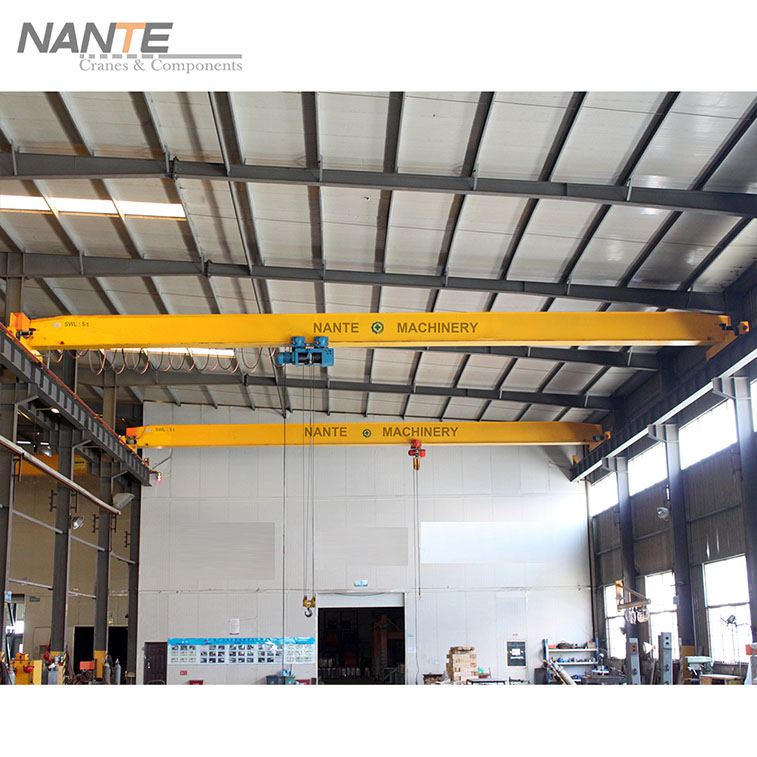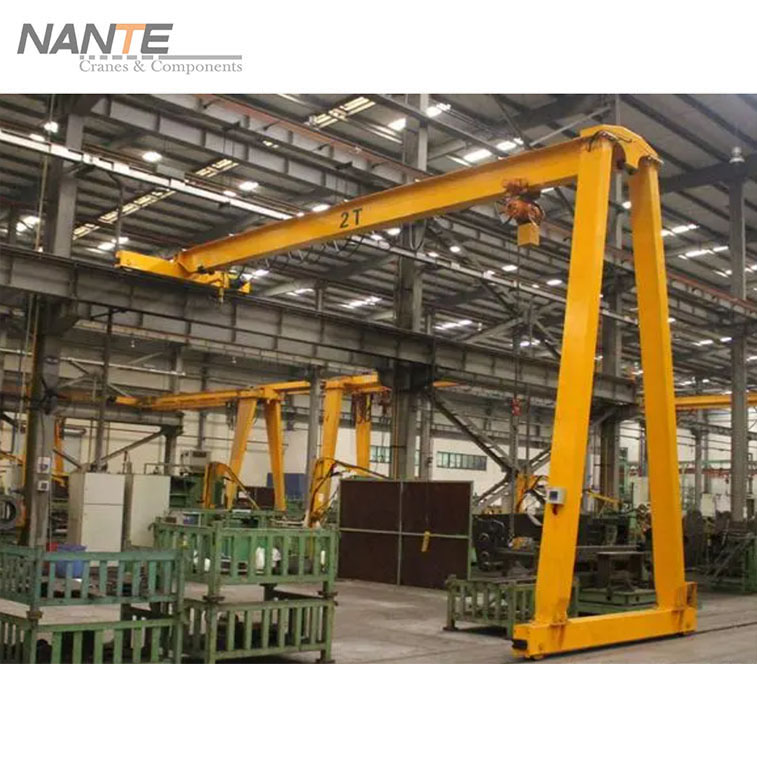What Are the Functions of Chain Hoist?
Date: 2024-03-25 Share:
A chain hoist, stands as a vital apparatus significantly utilized within the sectors of industrial manufacturing and construction. It primarily serves to elevate and relocate weighty entities, bestowing an array of advantages such as an uncomplicated configuration, user-friendly operation, along utmost safety and dependability. Thus emerges the query: What precisely is the operational mechanism underlying a chain hoist? Furthermore, what functions does it fulfill?
The basic structure of chain hoist
The fundamental structure of a chain hoist comprises five key components, namely the motor, deceleration device, sprocket, chain and control device. The primary function of the motor is to supply power to the hoist. Through the utilization of the deceleration device, a reduction in rotational speed from the motor occurs while simultaneously increasing torque capacity—functionality that drives the rotation process for the sprocket wheel. This driven mechanism enables upward or downward movement along with significant load elevation abilities facilitated by efficient operation via fine-tuned blockchain technology. Furthermore, paramount to these processes is our meticulously designed and precisely integrated control apparatus; its sole purpose being exercising accurate control over initiation and termination procedures concerning not only overall machine operation but also mechanisms governing speed alterations within respective lifting and lowering sequences.

Function of chain hoist
The primary role of a chain hoist is to facilitate the lifting and transportation of cumbersome burdens. In construction environments, it routinely illustrates its value by lifting heavy materials such as steel and concrete components, consequently boosting operational productivity in a significant manner. Apart from that, chain hoists are also deployed within industrial workshops for transporting machinery, equipment pieces and raw materials among other items. This drastically minimizes the physical exertion associated with manual efforts.
Moreover, this valuable piece of equipment is finding widespread use in warehouses, docking stations and mining areas helping especially with ore upgrade, loading and unloading and other activities – it also shows versatility in various operating environments.
In addition to the basic lifting function, chain hoist also has some special functions. For example, some high-end models of chain hoists are equipped with overload protection, when the lifting weight exceeds the rated load, the hoist will automatically stop to avoid safety accidents. At the same time, some chain hoist also adopts adjustable speed technology, which can adjust the lifting speed according to the actual needs and improve the flexibility and convenience of operation.
A principal benefit of employing a chain hoist is its unwavering stability and dependability. Given the high strength and wear resistance inherent to the chain, it can sustain optimal performance even under prolonged periods of intense workload. Furthermore, owing to its compact structure and minimal spatial footprint, a chain hoist enables maximum efficiency within confined spaces.
Chain hoist applications in cranes
Chain hoists serve as an integral component in crane operations. Integrated with the crane, a chain hoist furnishes formidable lifting capacity, thereby enhancing the performance of the machine’s primary role – lifting hefty objects. Being equipped with robust chains and an efficient transmission system, it facilitates the smooth elevation of heavy items to their desired heights. From transitioning sizeable building materials at construction arenas to transferring cumbersome equipment within factory workshops; chain hoists substantiate cranes with steady yet potent uplifting forces thereby assuring safety and efficacy during the lifting process. Additionally, lifting chains allow the cranes to position them precisely, making them essential for crane-driven operations that require large loads to be positioned precisely at predetermined locations. Powered by intricate sprocket and chain drive systems delicate adjustments alongside pinpoint control are attainable allowing weighty loads to be correctly positioned as intended. This precision not only amplifies operational efficiency but also mitigates safety hazards arising from erroneous positioning.
The chain hoist also enhances the adaptability and flexibility of the crane. Because the chain hoist has a compact structure, simple operation and other characteristics, so that the crane can adapt to a variety of complex working environment. Whether operating in a narrow space or lifting at high altitudes the lifting chain can provide stable and reliable support for a crane to ensure the successful completion of the lifting operation.
The durability and reliability of the lifting chain also guarantee the crane a long, stable service life. The series of chain hoists are made of high-strength materials with good abrasion resistance and fatigue-resistant performance, capable of maintaining stable performance in long-term, high-load operating conditions. This enables the crane to operate for continuous periods length, reducing downtime due to equipment failure and improving efficiency.

Safety issues to be aware of when using hoist
Of course, when using chain hoist, we also need to pay attention to some safety issues. First of all, the personnel operating the chain hoist must be professionally trained and familiar with the working principle and operating procedures of the equipment to ensure that they can use the equipment correctly and safely.
Secondly, regular chain maintenance and repair are required, which includes checking the chain for wear, lubricating the transmission components, tightening loose bolts and more, to ensure the normal operation and prolong the service life of the equipment.
We should realize that, although the chain hoist is powerful, but in the use of the process still need to strictly comply with the safety regulations to ensure the safety of personnel and equipment. At the same time, the maintenance and repair of the equipment should not be taken lightly, only to keep the equipment in good condition, in order to give full play to its performance and improve work efficiency.
Summarize
The usage of chain hoists within the sphere of contemporary industrial production and construction has seen a tremendous increase, with significant enhancements in functionality and performance. As technology constantly evolves to match the expansion of applications, chain lifts are predicted to assume an increasingly important role, leading to higher efficiency, more complex safety measures and reliable equipment support will be provided to support technical development in various sectors.
Nante’s chain hoist is a highly efficient tool widely used in modern industrial production and construction, favored by the market for its excellent functionality and performance. Nantes’ reliable chain hoist products, paired with our crane products, can greatly improve the efficiency of your crane’s utilization.
In conclusion, a chain hoist is an indispensable tool in both manufacturing and construction industries today. Understanding its operational characteristics, application areas, safe usage procedures and the importance of regular upkeep is fundamental. It is vital to deepen our knowledge about these facets not just for proper use but also for optimal exploitation of the benefits they offer. Doing so fosters increased improvements within modern industrial production spheres and construction fields, driving more meaningful contributions toward progress.
 English
English






